How often have you stood in front of the fish counter at the grocery store trying to figure out which fish to buy that's good for you AND the environment?
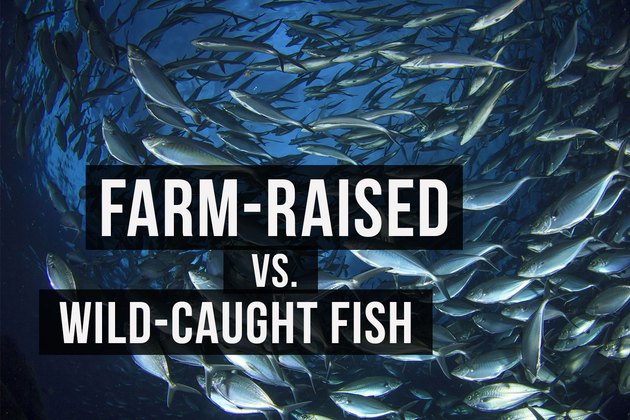
Advertisements
Both farmed-raised fish and wild-caught fish have pros and cons. The key is to weigh the positives and negatives and make educated choices that you can live with and line up with your health needs and values.
Wild-Caught Fish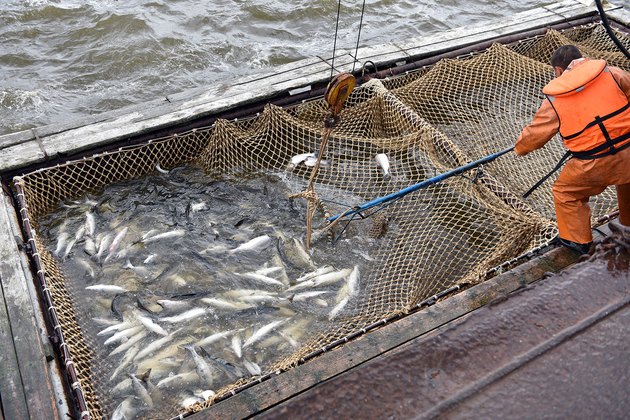 Many types of large wild fish contain high levels of mercury. (Image: Konstantin Shevtsov/AdobeStock)
Many types of large wild fish contain high levels of mercury. (Image: Konstantin Shevtsov/AdobeStock)

Wild-caught fish are often healthier, with less contamination from man-made toxins because they feed on a natural diet of smaller fish and algae and come into contact with less bacteria and parasites. The downside is that many larger wild fish are high in mercury, and poor fishing methods can harm the ocean habitat and result in overfishing.
Mercury is a naturally occurring toxic metal existing at low levels in air, land and water that enters streams, rivers, lakes and oceans primarily through rain and surface water runoff. It’s converted by bacteria to methylmercury, a form dangerous to humans.
The only way to limit mercury from wild-caught fish is to avoid larger fish that have eaten smaller mercury-containing fish. So avoid king mackerel, swordfish, marlin, bluefin tuna and orange roughy.
Farmed Fish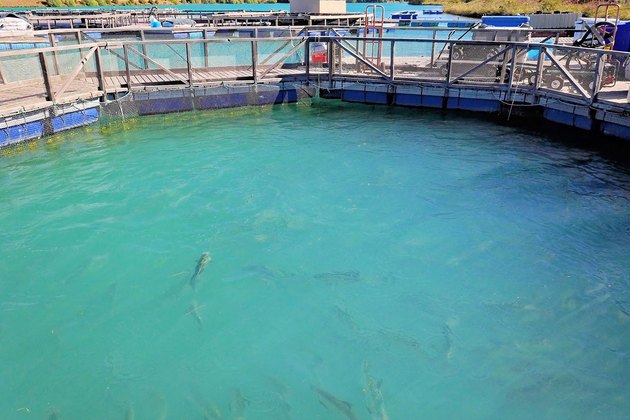 Farmed fish can contain contaminants as well. (Image: Beautifulblossom/AdobeStock)
Farmed fish can contain contaminants as well. (Image: Beautifulblossom/AdobeStock)

Farm-raised fish can have more contamination from toxic industrial chemicals, such as PBCs (polychlorinated biphenyls) and dioxins. They’re often raised in crowded conditions and contain higher rates of bacteria, pesticides, artificial coloring, antibiotics and parasites. The good news is that many farmed fish are now grown in a way that’s better for the environment and healthier for us.
Because of the growing demand for fish and the potential for our oceans to become depleted, in the future we will all be eating more farmed fish. A little over half of our fish supply is farmed now, and by 2030 the World Bank estimates that nearly two-thirds of seafood will be farm-raised.
With consumer and environmental agency encouragement, it is hoped these healthier methods will become more prevalent. The best bets are closed systems that recycle and treat the water and don’t contaminate nearby wild habitats.
Questions to ask and things to look for when shopping for fish:What country is the fish from? Some fish are farmed or fished sustainably and are healthier in one country than in others. Look for the C.O.O.L. (country of origin labeling).If wild, look for a Marine Stewardship Council label (MSC) label or sustainable label.If farmed, look for labels that include words like organic, responsibly farmed, certified sustainable, farmed responsibly, ASC Certified or best aquaculture practices certified.“Fish fraud” is a thing, meaning you may not be getting the fish that is advertised. Find out what the red flags are.How healthy is the fish based on omega-3 fat content, mercury and contaminants?Recommendations
• Wild salmon (Pacific Northwest and Alaska)
• Halibut (Pacific)
• Anchovies (Adriatic Sea)
• Sardines (Pacific)
• Mackerel (Atlantic)
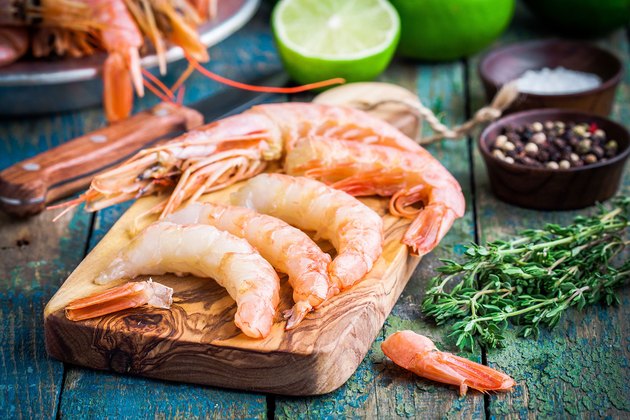
• Wild shrimp and prawns from the U.S. (avoid imported)
Advertisements
• Canned light tuna and skipjack tuna (contain a third the mercury compared to chunk white or albacore)
• Sea scallops (U.S. and Canada)
Farm-raised choices that use healthy systems: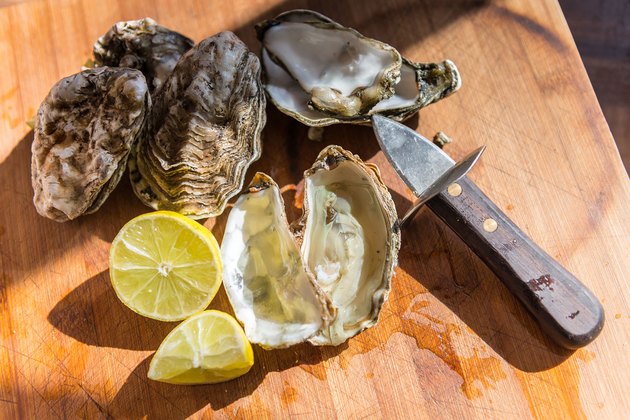 Farmed oysters are raised using healthy, sustainable methods. (Image: JAY/AdobeStock)
Farmed oysters are raised using healthy, sustainable methods. (Image: JAY/AdobeStock)

• Tilapia from the U.S. or Ecuador (avoid imported from other countries)
• Arctic char (worldwide)
• Oysters (worldwide)
• Mussels (worldwide)
• Clams (worldwide)
• Rainbow trout (all, U.S.)
• Halibut (Atlantic)
• Coho salmon (worldwide)*
• Bay scallops (worldwide)
So the question of what kind of fish to eat and buy isn’t as simple as wild-caught or farm-raised. In our world of dwindling resources and increased focus on healthy foods, making good seafood choices can be complex and challenging. Stay informed of the latest developments, and buy responsibly for yourself, your family and the environment.
What Do YOU Think?
Do you eat farmed or wild-caught fish? What are your reasons for eating either type? Do you think it's important to choose food that's good for you AND the environment? Leave a comment below and let us know!
Lea Basch, M.S., RD, is the registered dietitian for The Tasteful Pantry. Lea has been in the nutrition industry for more than 30 years. She is a diabetes educator and focuses now on gluten-free diets and food intolerances.
Connect with Lea and The Tasteful Pantry on Facebook, Twitter, Pinterest and Instagram.

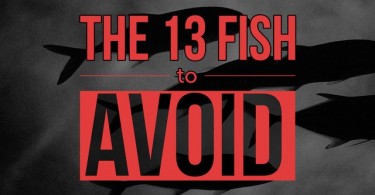
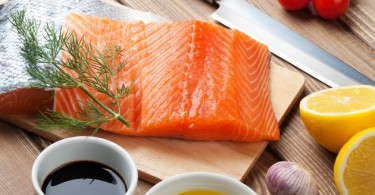


Comments